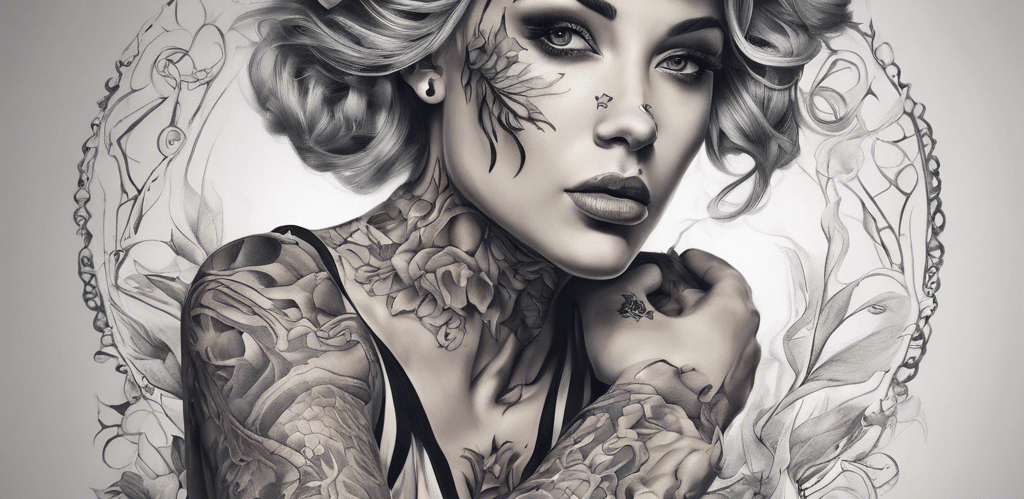By Alaina Coats
Updated April 14, 2025
It is rare not to see someone with a tattoo these days. Thirty percent of Americans have at least one tattoo, according to the Harris Poll.
Tattoos have grown from simple markings historically etched on the skin for religious and political reasons to colorful murals viewed as personal artistic expressions of individuality and freedom. Elaborate graffiti-like collages of various symbols, signs, and well-thought-out phrases and ideas wrap around the entire body of some tattoo enthusiasts, painting a meaningful picture of one’s life and experiences. There is no place on the body that seems to be off limits when it comes to tattoo art. Tattoos are more than just drawings, but they are the serious work of trained artists. The intricate details of a loved one’s face or of a favorite pet can take hours if not days to complete. More often, art students are using their degrees to pursue careers in the tattoo industry.
Tattoos are more popular with Millennials than any other generation. Nearly half of Americans between the ages of 25 and 40 have at least one tattoo.
Though this type of body art may hold artistic and sentimental value to those who have them, the question is, are these inked portraits safe?
The Food and Drug Administration (FDA) warns that the inks used by tattoo artists are the same types used in paints. These inks are not tested and may be contaminated. And even years later can cause allergic reactions like itching, rashes, or swelling on the skin. The good news is, no direct link between tattoo art and other malevolent diseases has been medically found.
However, the FDA suggests using precaution when locating tattoo artists, doing extensive research on the artist’s experience and the types of needles and inks they use. Also, be certain that a tattoo is something that is truly wanted and that it won’t turn into a regretful decision later on. More often than not, people tend to cover up unwanted tattoos by blending it with another one. Hasty decisions made about getting tattoos typically result in this type of tattoo merger.
Though the rules are more lax than they used to be in corporate America, most employers and public service professions don’t permit their employees to have visible tattoos. But slowly, more and more employers are allowing small non-offensive tats to be visible. Be sure that you are 100% sure when you make a decision to get tatted up because the process to have a tattoo removed is twice as painful and more expensive than it was to get it in the first place.
Tattoo art--is it safe?





